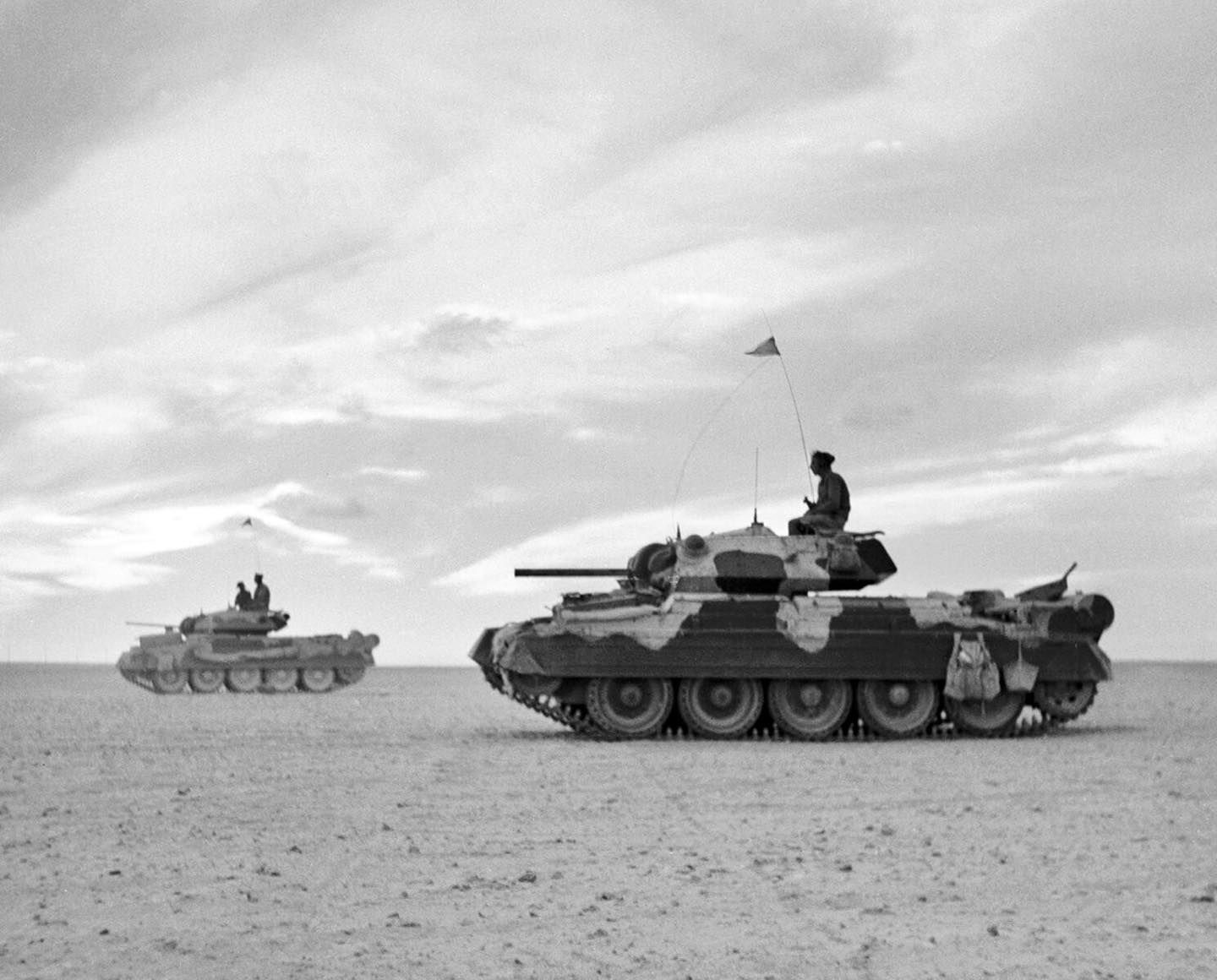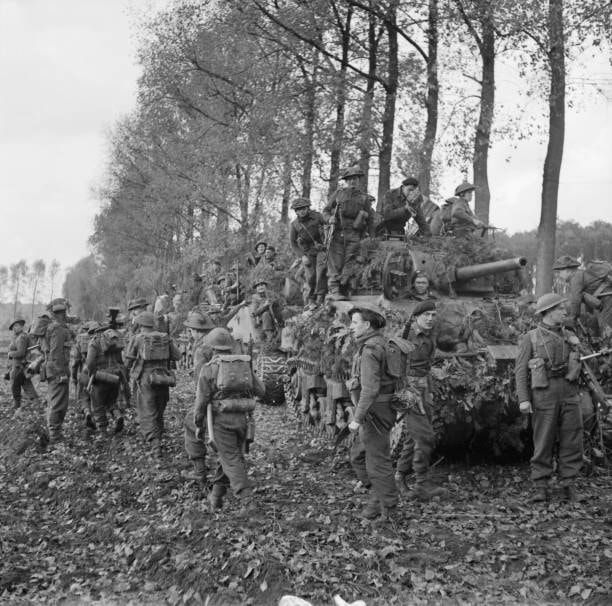@SuperbattleshipYamato
October 25! Definitely the climax of the battle. October 25, 2024 is the 80th anniversary of the Battles of Samar, Surigao Strait, and Cape Engano, all the most important components of the battle.
Let’s start with Surigao Strait.
During nighttime on October 24-25 (i.e 22:36 October 24 to dawn on October 25), Vice Admiral Nishiruma’s Southern Force began entering Surigao Strait. Unfortunately, Vice Admiral Kinkaid’s Seventh Fleet had positioned a large number of forces in the area, forcing Nishiruma to run through a gauntlet of withering American attacks as he passed through the strait.
First, he had to pass through a concentrated torpedo nighttime attack by 28 destroyers and 39 torpedo boats stationed on either side of the strait, then face a line of 6 American battleships (5 of which damaged or sunk in the Attack on Pearl Harbor) and cruisers at the end of the strait crossing his T.
Despite emerging unscathed from the PT boat attacks, the Southern Force was annihlated by the American battleships, cruisers, and destroyers, with the battleship Fuso quickly being destroyed. While the American advantage in fire control helped immensely in targeting and sinking the Japanese ships, although due to its gunnery radar being less advanced, the battleship Pennsylvania was unable to locate anything and did not shoot. The battleship Mississippi fired the final battleship salvo against Yamashiro, being the last time a battleship would fire a salvo against another battleship in history.
After the battleship Yamashiro and 3 more destroyers were sunk (taking Nishiruma to a watery grave), the last two ships, the heavy cruiser Mogami and the destroyer Shigure turned and fled as fast as possible.
Around this time, Vice Admiral Shima’s Second Striking Force arrived at Surigao Strait. Upon seeing the destroyed remnants of Nishiruma’s fleet, he quickly ordered his ships to flee, with one of his heavy cruisers colliding with the Mogami, sinking the latter (Shigure would make it out alive, the legendary survivor).
Meanwhile, Kurita’s Center Force emerged out of San Bernardino Strait off the island of Samar, aiming to destroy the American transports landing at Leyte (this was actually also the goal of the Southern Force, but they obviously did not succeed). Because Kinkaid mistakenly thought Halsey left the Fast Carrier Task Force’s battleships to guard the straits when he didn’t, Kurita only encountered a set of escort carrier groups screened by a few destroyers and destroyer escorts, the first being Taffy 3 (Taffy 2 and Taffy 1 were further south). These escort carriers were mostly equipped for land attacks and anti-submarine warfare, almost entirely lacking the torpedos needed to sink the large battleships and cruisers the Japanese had.
Despite being outgunned, outmanned, outnumbered and outplanned, Taffy 3 made an all out stand, launching as many aircraft as possible and sending their escorting ships on suicidal charges, which validated Kurita’s initial belief that he was actually encountering Halsey’s carriers and battleships. Due to strict radio silence Kurita was never informed that the Japanese deception operation had succeeded. His order for a “General Attack” inflicted further chaos on the situation, with his ships becoming uncoordinated with each other.
This was the only time the Yamato (or any ships in its class, for that matter) would fire its massive guns at a surface target, helping sink the escort carrier Gambier Bay. 2 American destroyers and 1 destroyer escort were also sunk by Japanese ships, while the American sank the Japanese heavy cruisers Chokai, Suzuya, and Chikuma (unbelievably dismal for the Japanese given the situation, I might add).
In the end, Kurita, still believing that the Japanese plan failed, withdrew, sparing the American transport fleet. However, Taffy 3’s battle wasn’t over yet.
A set of Special Attack Forces launched the first two strikes in the history of the Pacific War, causing severe damage to two of Taffy 1’s escort carriers and sinking the escort carrier St. Lo from Taffy 3, as well as damaging the escort carriers White Plains, Kitkun Bay, and Kalinin Bay
During all of this (yes, a very busy day), the Fast Carrier Task Force launched 527 sorties against Ozawa’s Northern Force, sinking the fleet carrier Zuikaku (the last surviving member of the Pearl Harbor attack force) along with the light carriers Chitose and Zuiho, while the small force of Japanese planes that attacked beforehand (predictably) scored no hits. Task Force 34 was finally formed, but to close on the Northern Force after air strikes crippled it.
However, as the Battle Off Samar was raging, Halsey began recieving numerous, frantic calls for help from both Nimitz and and Kinkaid, but only after 3 hours did he order Task Force 34 to move southwards. A further delay of 2 and a half hours was spent refilling the task force’s destroyers, preventing them from intervening in the events off Samar in any meaningful way, even after Task Force 34.5, centered around the 2 fastest battleships in the fleet, Iowa and New Jersey, to charge at over 30 knots, was formed.
By the time Task Force 34.5 reached the exit of the San Bernadino Strait, they were only able to sink the Japanese destroyer Nowaki.
Concurrently with Task Force 34’s journey, a small force of cruisers and destroyers detached from it under Rear Admiral Dubose helped sink the light aircraft carrier Chiyoda, already crippled from air strikes earlier that day. Had they encountered Ozawa’s two battleships, Ise and Hyuga, the Americans may have been outgunned, but despite their efforts, the Japanese were unable to locate them.
Funnily enough, during Nimitz’s calls to Halsey for aid to the Seventh Fleet, he insterted as code padding (designed to confuse cryptographers) a loose quote from the famous poem “Charge of the Light Brigade”, as it was then the 90th anniversary of the battle the poem was based on, which means today also makes the 170th anniversary of the Battle of Balaklava.
Tune in tommorow when we wrap up this gargantuan battle!












